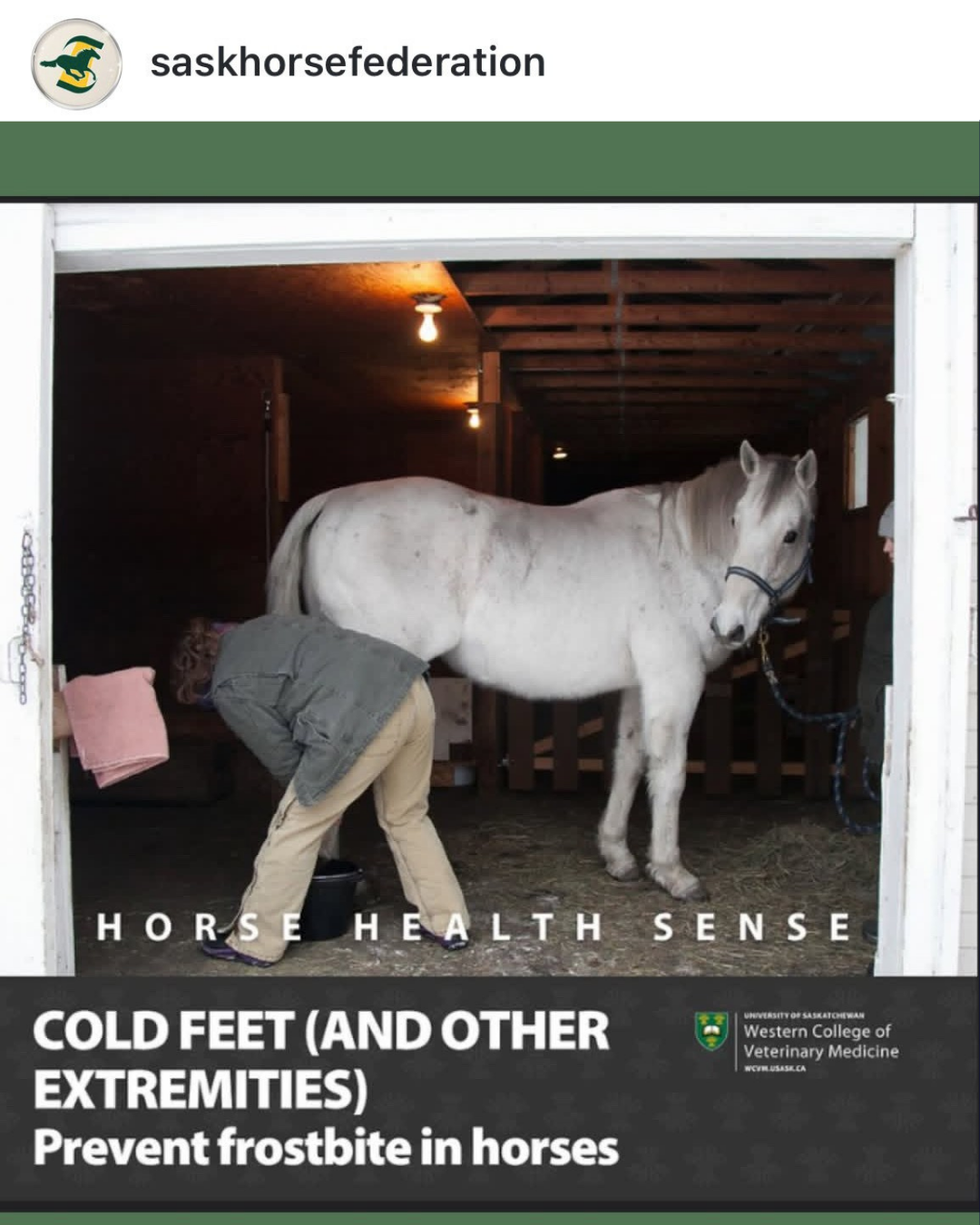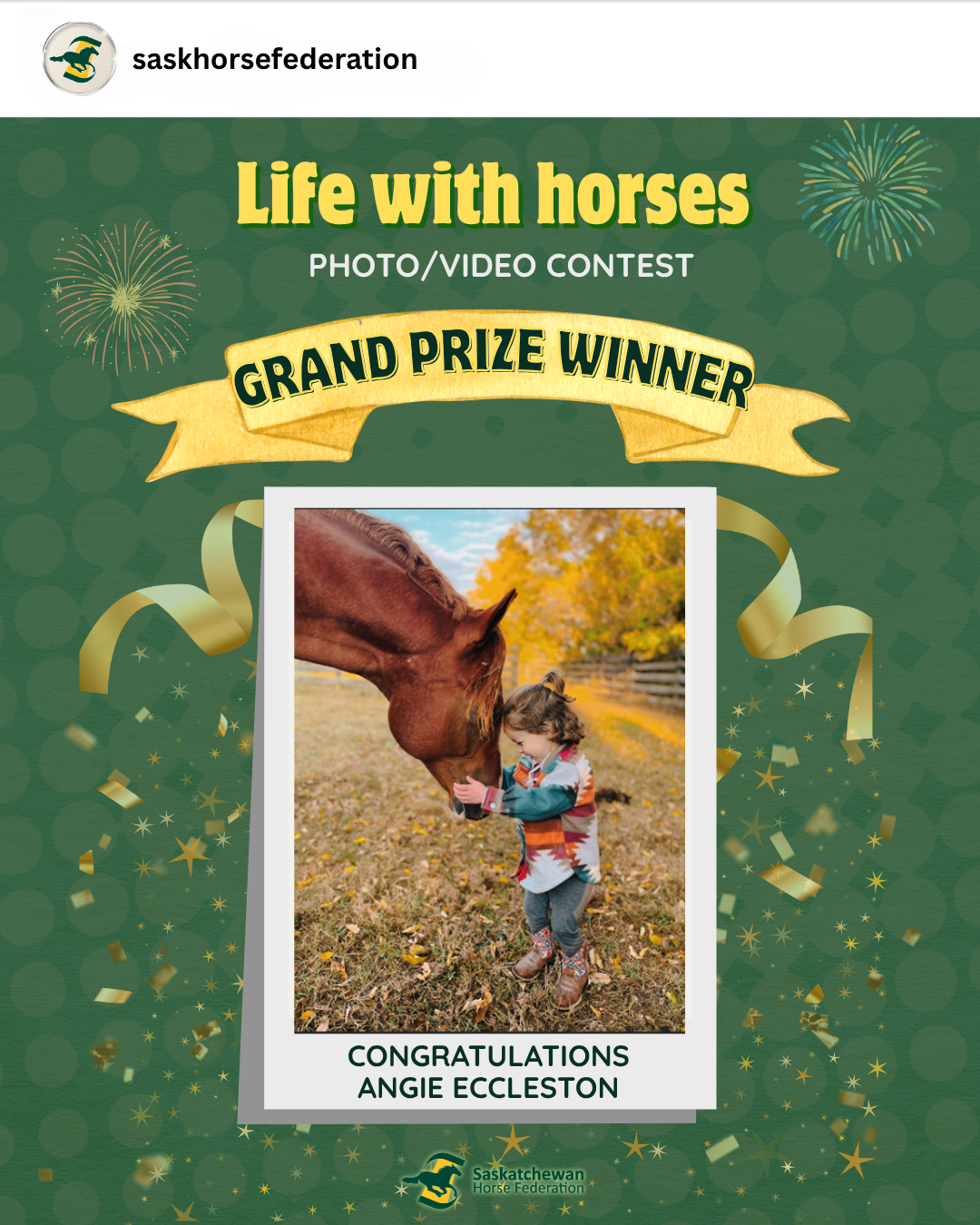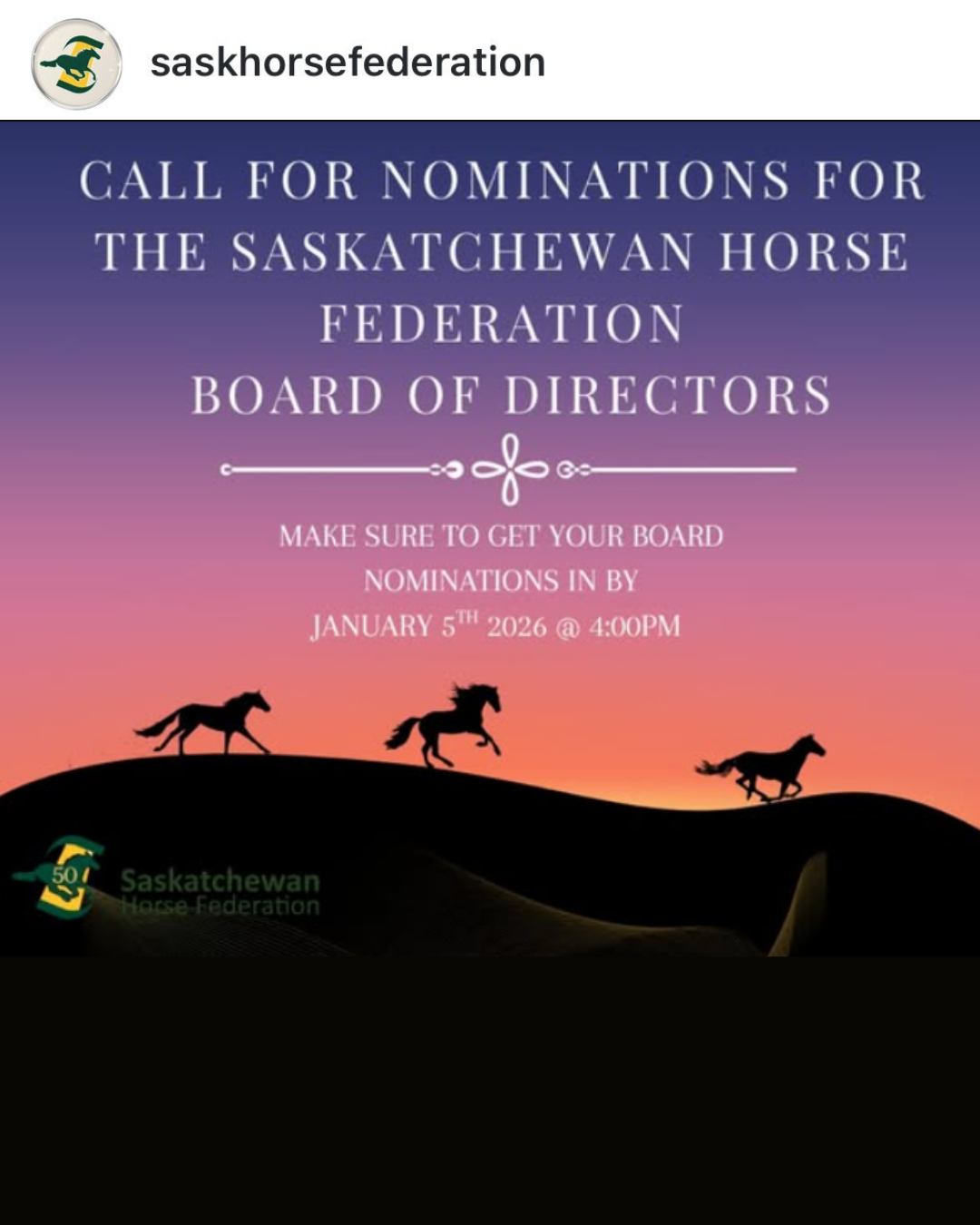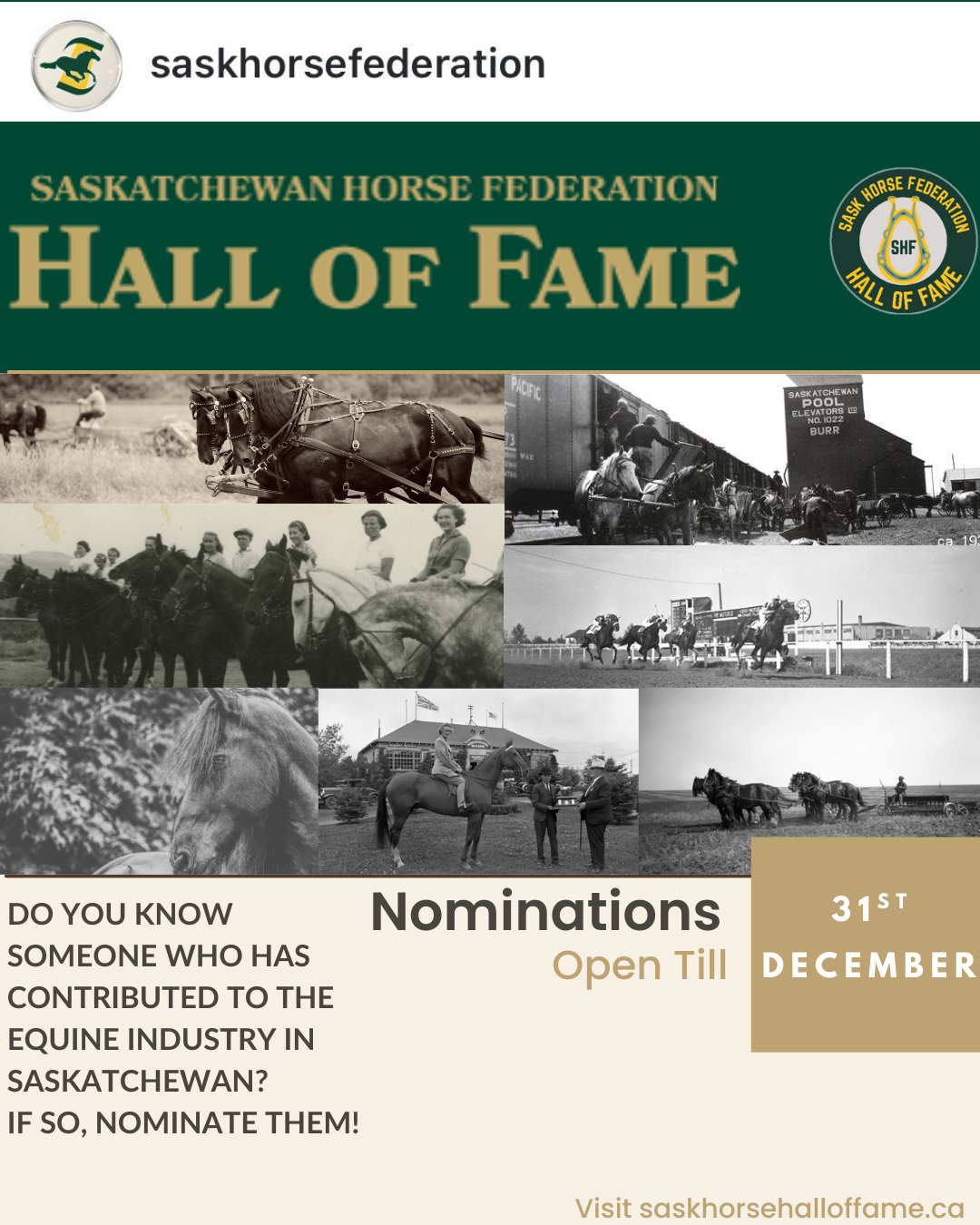UNDERSTANDING A HORSES BODY LANGUAGE
Horses, ponies and other members of the equine family are herd animals and are used to living as part of a group, feel secure in the company of other equines and familiar surroundings. They are timid by nature and their natural reaction to danger is to flee. The horse’s sense of hearing is very acute, and its sense of smell is also good enabling it to sense danger some distance away. A horse is a very sensitive animal and able to pick up on feelings of its riders and handlers, particularly hesitation, fear, confidence and anger. Being around horses can be loads of fun, but even a quiet horse can accidentally hurt you.
Here are a few important things to remember:
- Do not shout; speak quietly
- Always wear a helmet
- Do not run; walk
- Do not wear sandals; wear sturdy shoes
- At all times, before approaching a horse, let it know you are there by speaking to it
- Only approach after you have gotten it’s attention
- Walk toward it’s shoulder and gently pat it’s neck
- Never approach from behind
- Bend or squat when caring for or brushing the horse’s legs, no kneeling
- When moving from side to side, walk around the front of the horse and keep a safe distance (never crawl under it’s legs)
- When you want to pass behind, keep speaking and keep your hand moving around it’s croup (hind area)
- Tie your horse, with a safety quick-release knot, to a solid object that will not break or move if the horse pulls back
- Tie a horse at the height of its withers and short enough that he can not get a leg over the rope
- When leading your horse, walk on the left side between the head and shoulder, and always turn your horse away from you
- Never wrap a lead rope or reins around your hand, arm or any part of your body; if the horse spooks you could be dragged or badly hurt
- Always be calm around your horse; speak quietly and firmly
SPEAKING HORSE
Ears alert & forward – Indicates the horse is happy and interested.
Ears flat & back – Ears laid flat back against the neck show the horse is unhappy or annoyed.
Ears lowered – Slightly to the sides show the horse is relaxed, bored or could show that it feels unwell.
Flickering Ears – Indicates that the horse is listening and attentive.




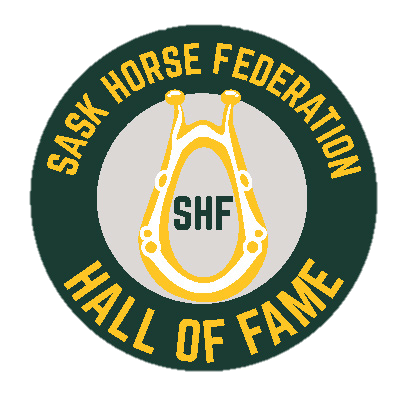
.png)
